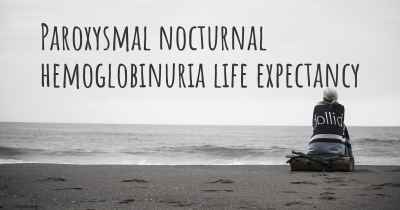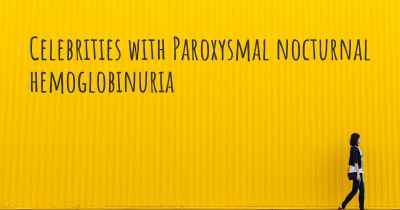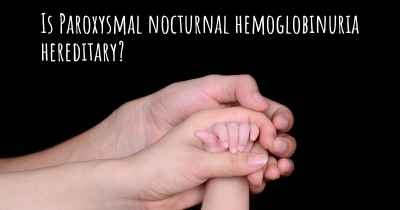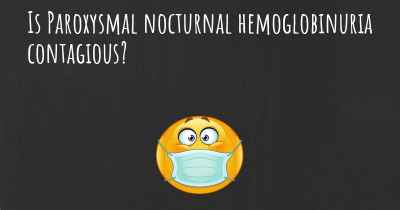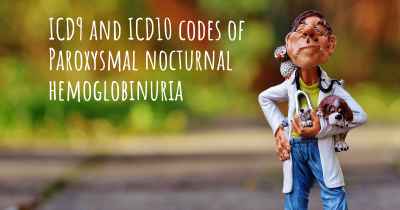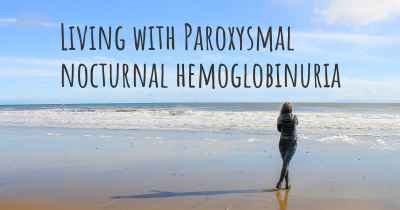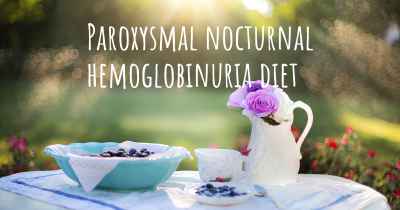What is the history of Paroxysmal nocturnal hemoglobinuria?
When was Paroxysmal nocturnal hemoglobinuria discovered? What is the story of this discovery? Was it coincidence or not?
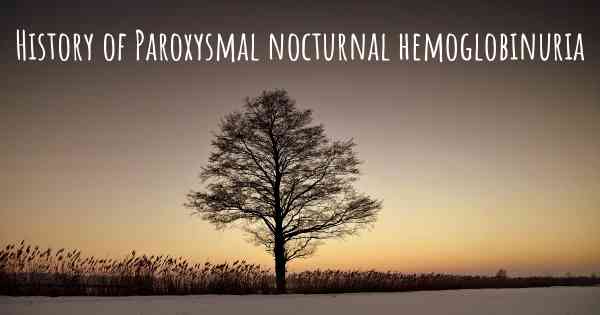
Paroxysmal nocturnal hemoglobinuria (PNH) is a rare acquired hematological disorder characterized by the abnormal breakdown of red blood cells, leading to a range of symptoms including anemia, blood clots, and impaired bone marrow function. The history of PNH dates back to the 19th century when it was first described by Dr. Paul Strübing in 1882.
Early Observations:
Dr. Strübing initially referred to the condition as "chronic hemoglobinuria" after observing a patient with dark urine that contained hemoglobin. However, it was not until 1911 that Dr. Julius Donath and Dr. Karl Landsteiner, renowned for their work on blood typing, identified the underlying cause of PNH. They discovered that the patient's red blood cells were more susceptible to complement-mediated lysis, a process where the body's immune system destroys its own cells.
PNH and the Complement System:
Further research in the 1950s and 1960s revealed that PNH is associated with a deficiency of a protein called CD55, also known as decay-accelerating factor (DAF). CD55 plays a crucial role in regulating the complement system, a part of the immune system responsible for destroying foreign cells. Without sufficient CD55, red blood cells become vulnerable to complement-mediated lysis, leading to the characteristic symptoms of PNH.
Discovery of the PNH Clone:
In the 1970s, Dr. Peter Hillmen and his colleagues made a significant breakthrough in understanding PNH. They discovered that PNH arises from a mutation in a gene called PIGA, which is responsible for producing a protein necessary for the normal development of blood cells. This mutation leads to the formation of a PNH clone, a population of abnormal blood cells that lack certain surface proteins, including CD55.
Advancements in Diagnosis and Treatment:
Over the years, advancements in diagnostic techniques, such as flow cytometry, have improved the accuracy of PNH diagnosis. In 2007, eculizumab, a monoclonal antibody that inhibits complement-mediated lysis, was approved as the first targeted therapy for PNH. Eculizumab has revolutionized the treatment of PNH, significantly reducing the risk of life-threatening complications and improving patients' quality of life.
Ongoing Research and Future Perspectives:
While eculizumab has been a game-changer for PNH patients, there is still ongoing research to explore alternative treatment options and better understand the underlying mechanisms of the disease. Scientists are investigating gene therapy approaches, novel complement inhibitors, and potential curative strategies to address the root cause of PNH.
In conclusion, the history of Paroxysmal nocturnal hemoglobinuria spans over a century of scientific discoveries and medical advancements. From its initial description as chronic hemoglobinuria to the identification of the PNH clone and the development of targeted therapies, our understanding of PNH has come a long way. With ongoing research, there is hope for further improvements in diagnosis, treatment, and ultimately, the lives of individuals affected by this rare hematological disorder.
